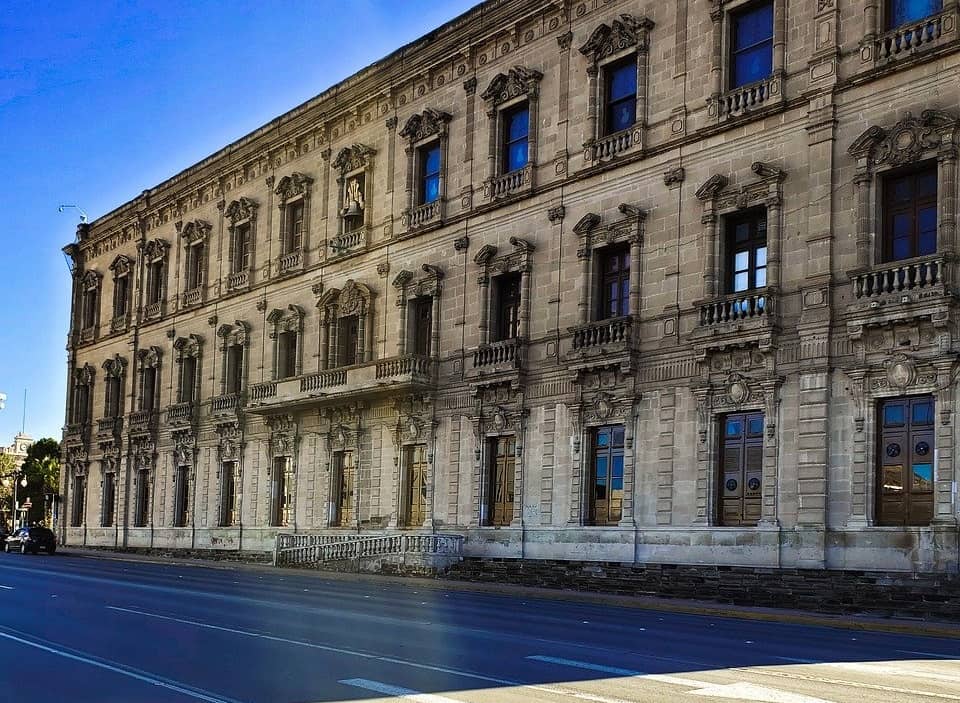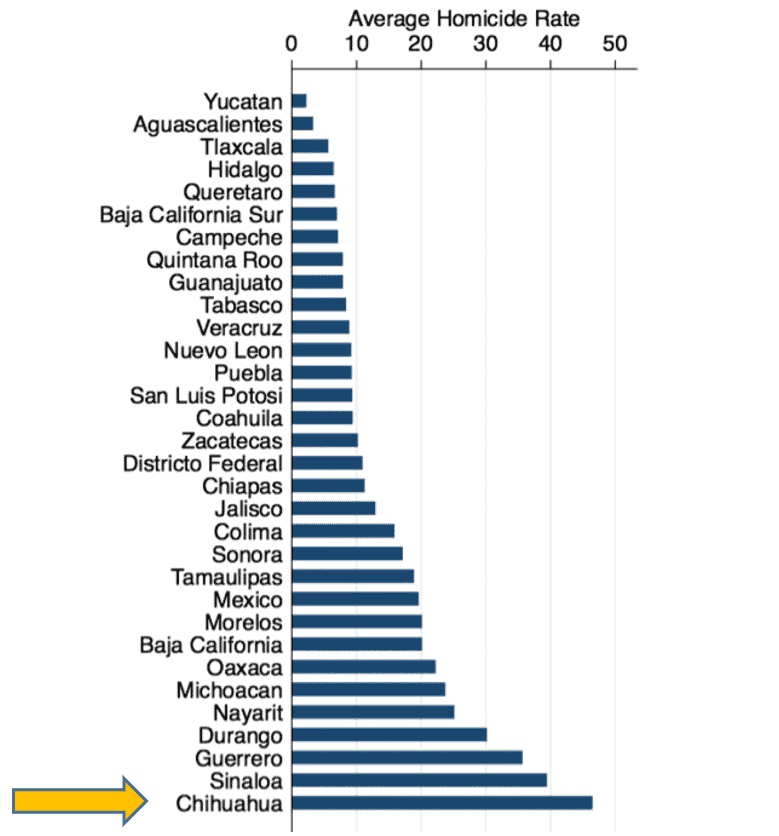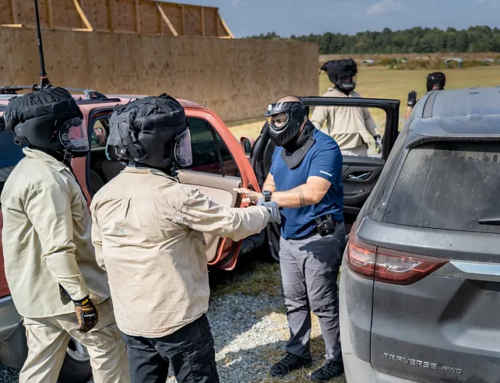
Client profile:
The client is a US-based consulting firm recognized worldwide. Executives and the CEO travel across the globe to lead complex reorganization projects for multinational corporations.
Synopsis:
The company received a request for assistance from a Mexican firm based in the outskirts of Chihuahua, Mexico. The CEO contacted ETS to request a thorough risk assessment of the area and the business before committing to the assignment.

Chihuahua, Mexico
Preliminary assessment:
ETS conducted a thorough investigation and risk assessment of the Mexican firm, including the surrounding area and neighboring municipalities. Based on intelligence channels and local assets, we determined that the Mexican firm had been in business for over 30 years, no financial issues nor lawsuits were reported and no proof of any affiliation with organized crime.
The Chihuahua area has one of the highest murder rates in the country. Carjackings, armed robberies, and assaults occur daily.
We advised the client that a robust security plan, involving secure ground transportation and close protection, was the most suitable approach to manage the executive’s safety throughout their stay in Mexico.

Security approach:
The client agreed with our strategy and we initiated our pre-travel assessment.
We surveyed the area surrounding the company, right outside Chihuahua both day and night, to detect any potential threat or illegal activity that could pose a threat to our clients.
We analyzed the routes from the airport to the hotel and from the hotel to the work-site, identifying alternative routes, emergency services, traffic throughout the day, and the areas adjacent to every route.
We chose a low-profile vehicle and a security driver and close protection officer, both highly qualified and experienced. Knowledge of the territory, the culture, and crime trends empower operators to meet and exceed clients’ expectations while maintaining high standards of service.
The operation:
The clients arrived and were safely transported to the hotel where they prepared for the following day’s first meeting.
Our personnel, the following morning arrived at the hotel, one hour before the agreed pick-up time.
We maintained monitoring of the situation in the city through Police and First Responders channels.
The clients departed the hotel with the team on time, traveling east toward the work-site, approximately 15 km. away.
Traffic was heavy and as it was slowing down almost to a stop, we received information that a violent gunfight ensued approximately 4 km ahead, in the middle of the freeway.
The team immediately merged on the service road and took an alternative route. Our local operations manager was able to map the area of the incident, directing the team on a detour to minimize risks.
As the team was traveling toward the work-site, they heard gunfire that sounded fairly close to their location. The driver immediately left the main road and entered an industrial area to find cover.
The team hid the vehicle behind a large building just in time to notice two vehicles speeding on the main road, pursued by two Police vehicles. The alleged criminals were shooting at the Police who returned fire.
We contacted our operations manager who confirmed that the Police were in pursuit of the suspects of a triple homicide and the area was under a search for possible accomplices that might have fled on foot.
The executives advised their clients of the delay and we moved to a nearby fire station to find shelter and wait for the area to be secured by the Police forces.
Two hours later we were able to safely transport the clients to the meeting without further incidents.
Conclusion:
Planning and preparation are the fundamentals for any security operation, regardless of the level of risk and threat.
It is paramount to assess the area and all the parties involved considering that lack of knowledge or understanding of an assignment could endanger the clients as well as the operators.
A solid security plan must involve the appropriate assets (operators, vehicles, and equipment), a low-profile approach, reliable means of communication, monitoring of the area for any event that could pose a threat to the clients, a contingency plan, and established emergency protocols coordinated with local first-responders.
The positive outcome of this mission was not due to luck or the ability of our personnel to improvise, but it was the result of the application of the principles mentioned above.
Testimonial:
The clients, needless to say, were visibly concerned for their safety and the outcome of their business trip but they were able to complete their assignment and safely return to the US.
After the executives debriefed their leadership, the CEO sent us the following email: “I want to take the time to thank the ETS Team for outstanding performance. Our employees never experienced anything so intense and shocking but after describing how your agents acted and how safe they felt throughout the incident, it was very clear to me that the coordination and efficiency demonstrated, were beyond any expectations. Your professionalism not only allowed our people to come home safe but enabled them to complete the assignment, benefiting families whose livelihood was at risk. God bless you all”.






